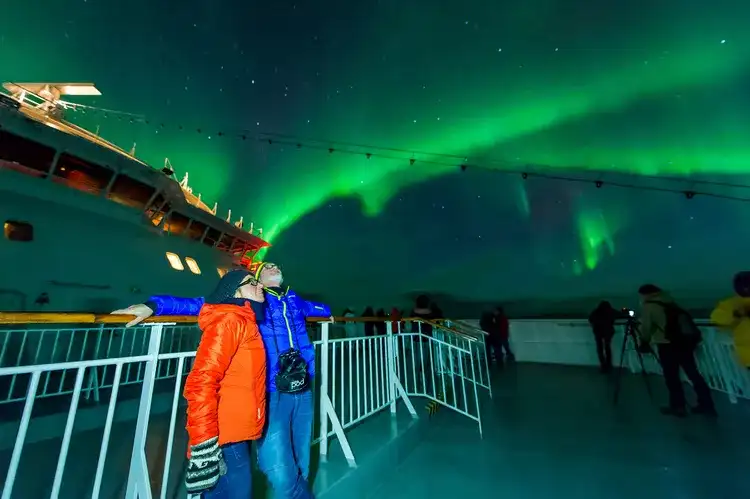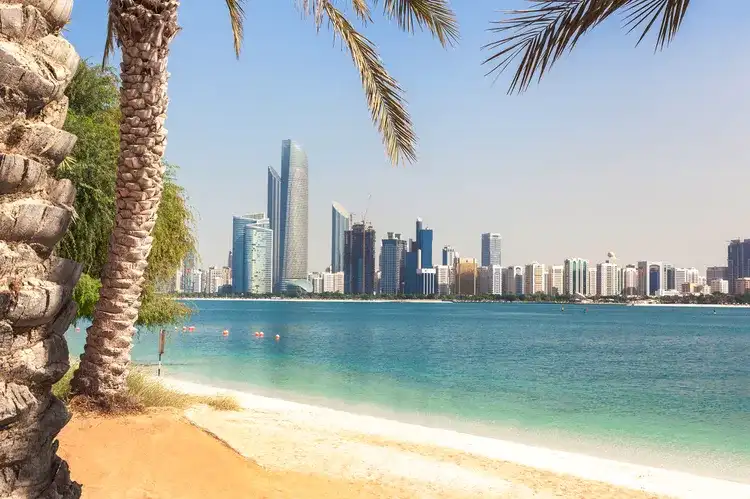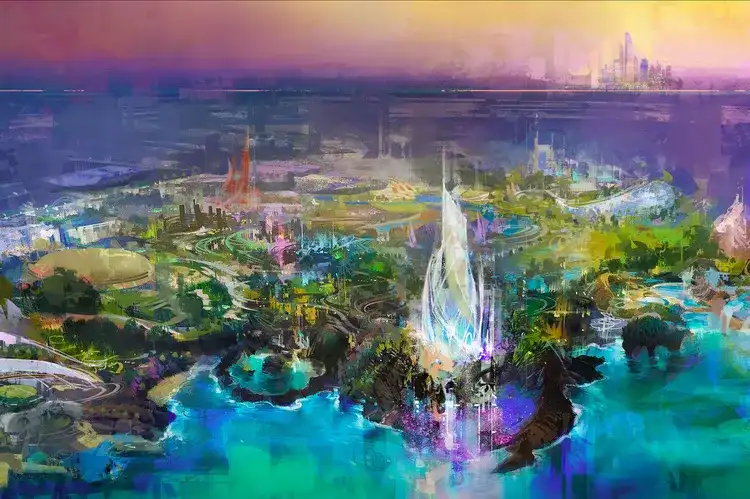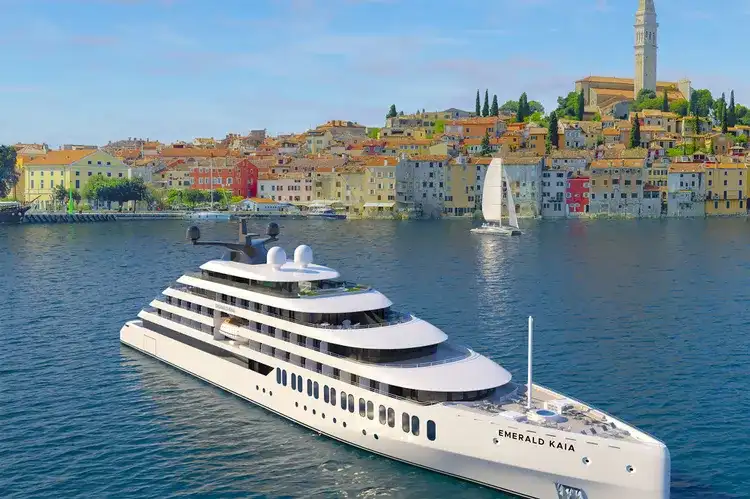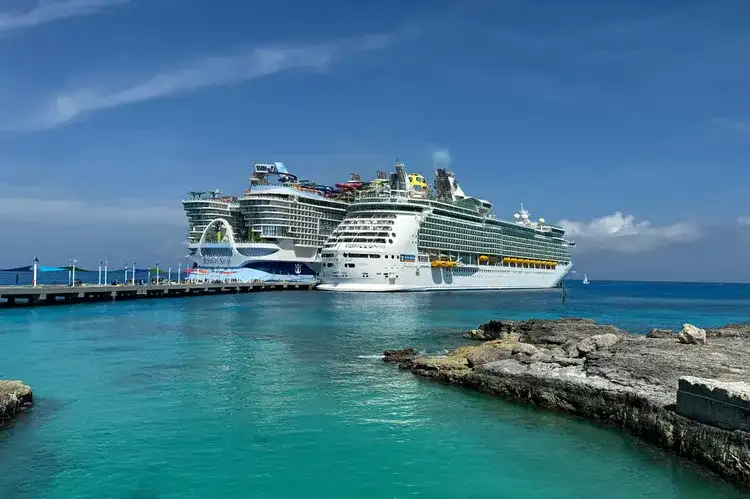Floating in Arctic waters beneath a sky of swirling auroras, one might expect to feel adrift. Yet aboard Hurtigruten’s MS Midnatsol, the experience is grounding — thanks largely to the ship’s resident astronomer, Tom Kerss. With a resume that includes time at London’s Royal Observatory Greenwich and several published books, Kerss transforms aurora chasing into an awe-inspiring crash course in the cosmos.
A Different Kind of Stargazing
Though just a few days on Hurtigruten’s northbound route, the itinerary delivers a full immersion into Norway’s winter wonderland — with the added bonus of astronomical insight. Weather here is moody and unpredictable — high winds may shutter roads and toss up fifteen-foot waves. But the ship offers a cocoon of warmth, education, and comfort amid nature’s drama.
Learning From a Chief Aurora Chaser
Every evening, Kerss leads astronomy sessions in the main theater. These aren’t stiff lectures — they’re lively explorations into magnetic storms, Jovian auroras, and Europa’s icy surface, often constructed from real-time data and visualized using Python code. Kerss’s light-hearted delivery — peppered with humor — makes even the most complex topics feel accessible.
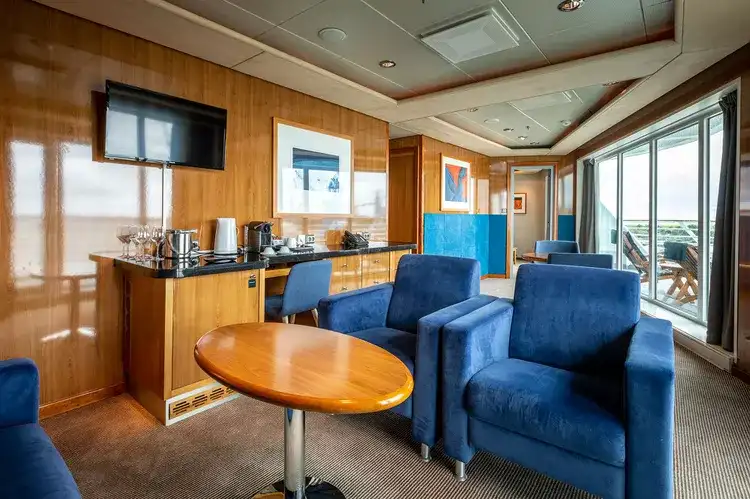
Comfort in the Cold
Onboard, the Expedition Suite offers heated bathroom floors and Nordic minimalism with massive windows framing snow-draped cliffs. Dining is equally thoughtful. Hurtigruten sources 80% of its food and 60% of drinks locally — everything from reindeer filet and lingonberry-glazed duck to sea-aged sparkling wine, matured in Norwegian fjords for the cruise line’s 130th anniversary. The result? A menu that’s both sustainable and spectacular.
Local Fare and Unexpected Luxury
- Reindeer filet with root vegetables
- Duck breast complemented by tart lingonberries
- Nidelven Blå — a world champion blue cheese
- Rathfinny sea-aged sparkling wine — one of the ship’s signature offerings
Encounters Beyond the Ship
One port visit takes guests to Kirkenes, near the Russian border. There, a snowmobile journey over a frozen fjord leads to the harvesting of king crabs — originally introduced by Soviet scientists and now a key export, regulated by strict quotas. Afterward, a stop in a Sami lavvu (tipi) reveals traditions deeper than the snow outside. Guests feed reindeer and listen to a joik — a haunting song rooted in identity and lineage.
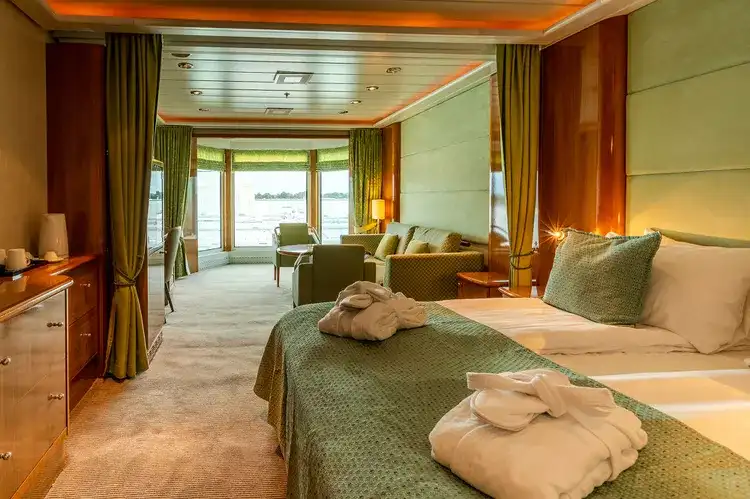
Dining on the Day’s Catch
At the nearby Snow Hotel, lunch is served fresh from the sea. King crab legs are offered simply — with butter, bread, and mayonnaise — proving that perfection often requires little adornment.
Chasing Light in the Darkness
As the voyage winds down, the sky finally clears. The Northern Lights shimmer above the rolling sea, and photographers scramble to capture the fleeting magic. Kerss advises using ISO 800–1600, the widest aperture available, and a “Daylight” white balance for optimal shots. On a ship, however, the real key is steadiness — and luck.
Tips for Aurora Photography at Sea
- Use manual mode with high ISO (800–1600)
- Choose “Daylight” white balance
- Pack hand warmers for touchscreen use
- Pop sockets help secure phones on slick decks
While land-based aurora viewing might yield sharper photos, witnessing the Northern Lights from a ship as it rocks gently beneath a dancing sky offers something photos cannot capture — the sense of infinity brushing against your skin.
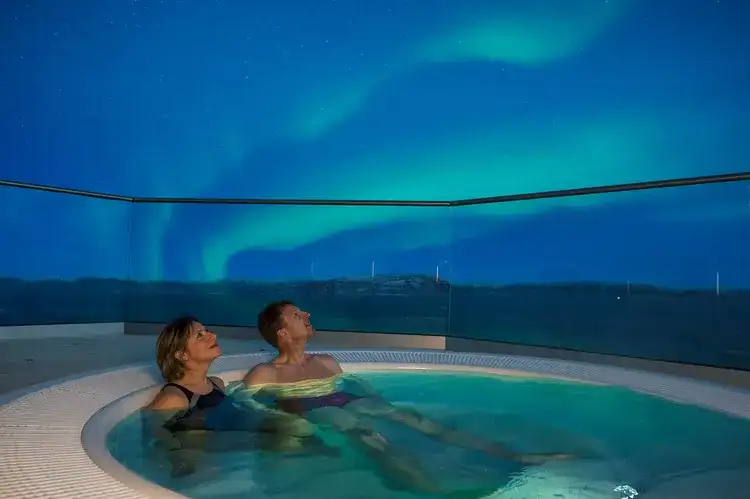
A Voyage Between the Stars and the Sea
Tom Kerss, standing on deck amid stargazers and snowflakes, seems right at home. With every tip and anecdote, he draws the cosmos just a bit closer, offering not just an Arctic adventure but a new way of seeing the universe. Aboard the Midnatsol, stargazing isn’t just about the sky — it’s about perspective, connection, and wonder.


